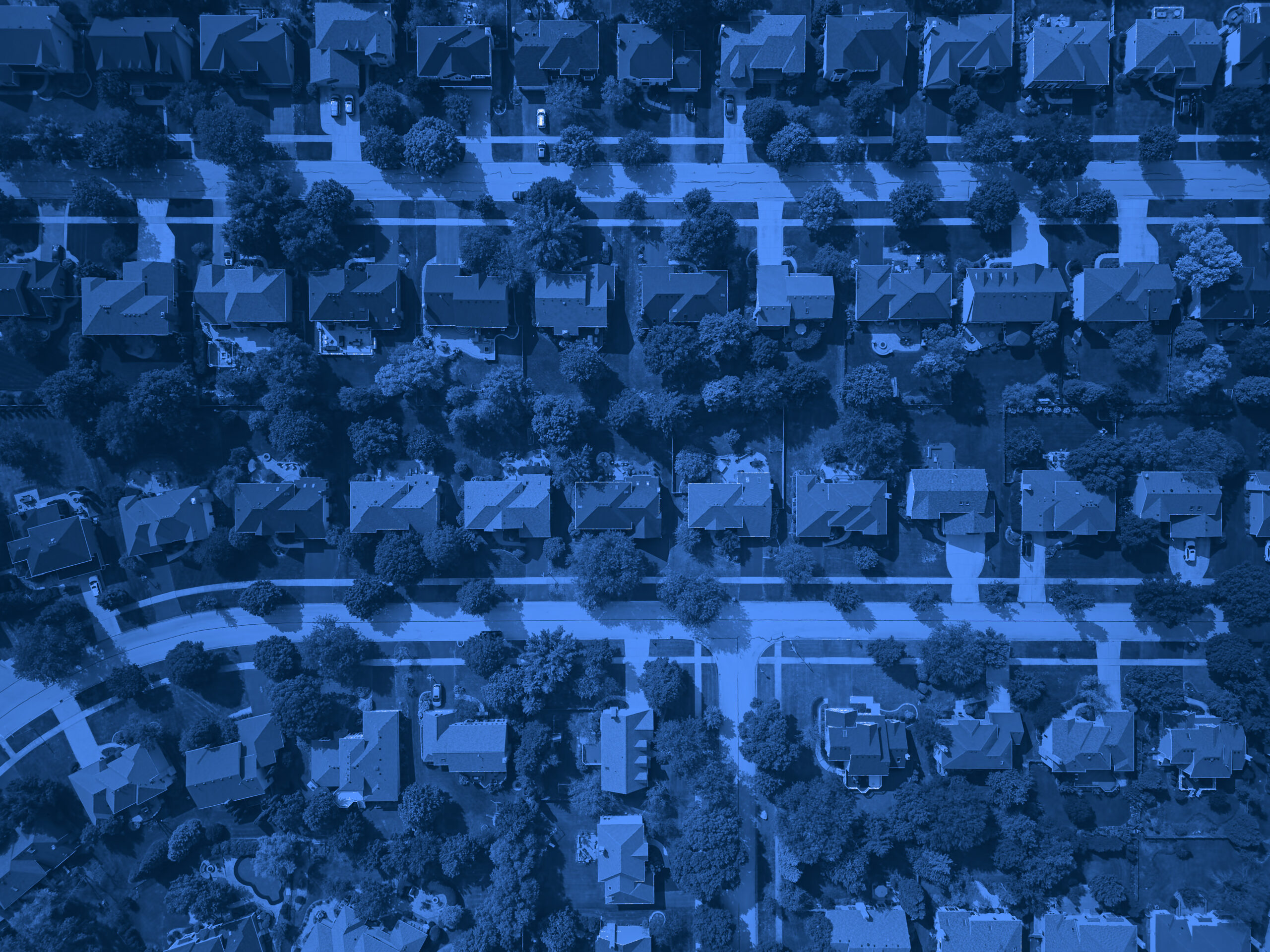Real Estate
Use Cases
Drive more accurate valuations of residential real estate with deep insights gained from current data on property condition, property features, and location factors

Understanding the condition of a property as well as a home’s location factors leads to a better understanding of issues that could otherwise drive outsized valuation errors.
Loan Origination
Transform your home equity business with instant property condition verification. Gain a more accurate understanding of collateral condition at a fraction of the cost of in-person assessments.
- Streamline your underwriting process with instant property condition insights, shaving days or weeks off of the overall timeline.
- Deploy enhanced risk management strategies with CAPE’s consistent and objective intelligence, ensuring the properties’ actual conditions are reflected in the home’s equity calculation.

Single Family Rental
Identifying homes that match investor appetite and valuing them correctly are possibly the most important parts of the single-family rental (SFR) lifecycle. CAPE® is used by single family rental investors to enhance these processes.
- Geospatial property intelligence, powered by computer vision, can dramatically increase the utility and accuracy of property valuation and selection, so SFR investors can make smarter, faster decisions and stay ahead of increasingly formidable competition.
- Offers can be improved with a better understanding of the property features and condition.
During due diligence, SFR buyers need to quickly identify properties in poor condition, either to refine an offer or remove the property from consideration. CAPE provides critical and instant insights, so action can be taken before sending someone onsite for a physical inspection.
- CAPE is also used during diligence to expedite the review process, prioritize properties, and inform price, rent, and rehab adjustments.
- Analysts leverage CAPE to identify incorrect assumptions that lead to valuation errors.
Managing a portfolio of single-family homes means prioritizing capital spending decisions for asset improvements such as new roofs. Use CAPE to monitor the condition of individual properties and how they change over time.
- Quickly identify the properties with roofs in poor and severe condition as well as those with dangerous tree overhang for prioritized capital expenditures.
- CAPE helps proactively monitor conditions including yard debris, vegetation growth, and above-ground pool installation to prioritize site visits.
Loan Investors
Mortgages on properties with roofs in severe condition are twice as likely to default as those on homes with roofs in excellent condition. Use CAPE for pre-bid analysis to more accurately price mortgages and build a complete understanding of collateral characteristics and conditions.
- Clients can use this enhanced understanding to bid more aggressively on the best loans (resulting in more wins and a higher win ratio) and identify those mortgages that will likely be repriced or kicked out in diligence (resulting in less risk in the pool).
- Using CAPE in the bidding process allows for immediate access to consistent analysis, improving efficiency and accuracy.
Use CAPE to detect property issues missed by BPOs, whether provided in the tape or run independently.
Drive-by inspections that inform BPOs can miss impactful problems such as roof damage. CAPE is able to identify these issues immediately, allowing clients to support discussions with sellers regarding repricing or kicking out mortgages backed by properties with previously unidentified problems.
- Achieve better pricing with lower risk while also adding efficiency to the process.
- A human analyst reviewing a collection of 1000 loans could spend a week reviewing property images that could be assessed instantly using CAPE. This allows analysts to make more informed bids and focus diligence efforts where they are most impactful.
Once a property has been analyzed, CAPE is able to seamlessly monitor the portfolio for changes in collateral risk. This information can be used to better understand the changing probability of default and to support loss mitigation or disposition efforts.
